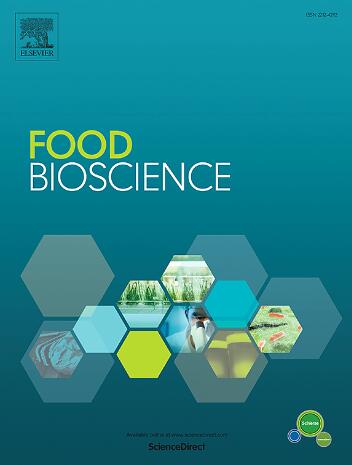n-3多不饱和脂肪酸通过线粒体质量控制改善肌肉减少症
IF 4.8
1区 农林科学
Q1 FOOD SCIENCE & TECHNOLOGY
引用次数: 0
摘要
加速的全球人口老龄化使肌肉减少症成为一个重要的公共卫生负担,直接损害老年人的健康和独立性。越来越多的证据表明,线粒体功能障碍是肌肉减少症的致病因素,表现为能量产生缺陷、氧化应激升高和线粒体质量控制(MQC)受损。n-3多不饱和脂肪酸(n-3 PUFAs),特别是二十碳五烯酸(EPA)和二十二碳六烯酸(DHA),显示出改善线粒体损伤的显著潜力。其机制包括:增强氧化磷酸化(OXPHOS)效率,激活nrf2介导的抗氧化反应,恢复线粒体裂变/融合动力学,促进PINK1/帕金森依赖的线粒体自噬。关键是,n-3 PUFAs激活AMPK/SIRT1/PGC-1α轴刺激线粒体生物发生,从而增加线粒体含量并支持肌肉再生。值得注意的是,临床前研究表明EPA在调节MQC和保持肌肉功能方面优于DHA。这篇综述综合了目前对n-3 pufas介导的线粒体质量控制调控的机制见解,并评估了它们在减轻年龄相关性肌肉减少症方面的治疗前景。本文章由计算机程序翻译,如有差异,请以英文原文为准。
n-3 Polyunsaturated fatty acids improve sarcopenia by mitochondrial quality control
Accelerated global population aging has established sarcopenia as a critical public health burden, directly compromising health and independence in older adults. Converging evidence implicates mitochondrial dysfunction as pathogenic in sarcopenia, manifested through defective energy production, heightened oxidative stress, and compromised mitochondrial quality control (MQC). n-3 Polyunsaturated fatty acids (n-3 PUFAs), specifically eicosapentaenoic acid (EPA) and docosahexaenoic acid (DHA), demonstrate significant potential to ameliorate mitochondrial impairments. Their mechanisms encompass: enhanced oxidative phosphorylation (OXPHOS) efficiency, activation of the NRF2-mediated antioxidant response, restoration of mitochondrial fission/fusion dynamics, and facilitation of PINK1/Parkin-dependent mitophagy. Critically, n-3 PUFAs activate the AMPK/SIRT1/PGC-1α axis to stimulate mitochondrial biogenesis, thereby augmenting mitochondrial content and supporting muscle regeneration. Notably, preclinical studies indicate superior efficacy of EPA over DHA in modulating MQC and preserving muscle function. This review synthesizes current mechanistic insights into n-3 PUFAs-mediated regulation of mitochondrial quality control and evaluates their therapeutic promise for attenuating age-related sarcopenia.
求助全文
通过发布文献求助,成功后即可免费获取论文全文。
去求助
来源期刊

Food Bioscience
Biochemistry, Genetics and Molecular Biology-Biochemistry
CiteScore
6.40
自引率
5.80%
发文量
671
审稿时长
27 days
期刊介绍:
Food Bioscience is a peer-reviewed journal that aims to provide a forum for recent developments in the field of bio-related food research. The journal focuses on both fundamental and applied research worldwide, with special attention to ethnic and cultural aspects of food bioresearch.
 求助内容:
求助内容: 应助结果提醒方式:
应助结果提醒方式:


